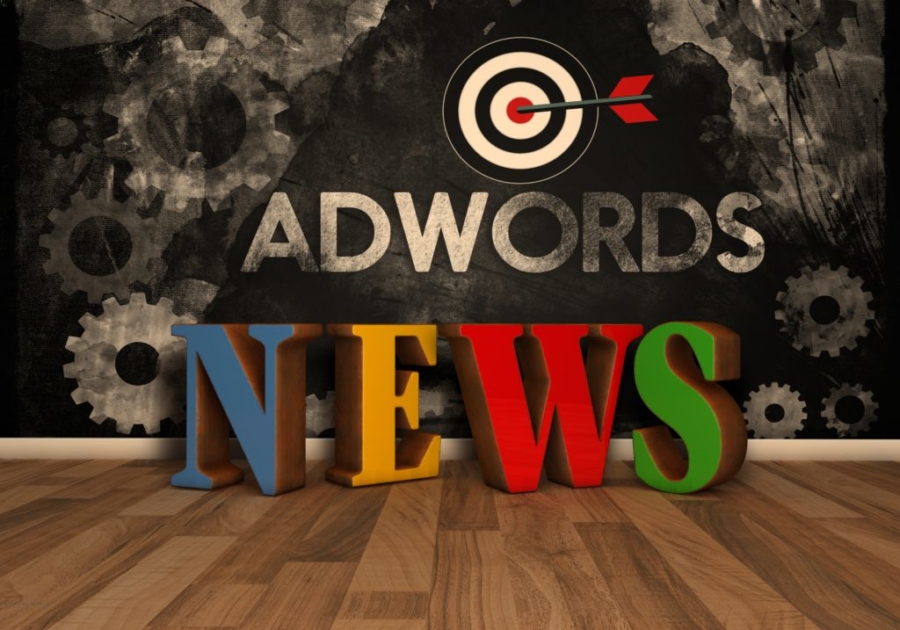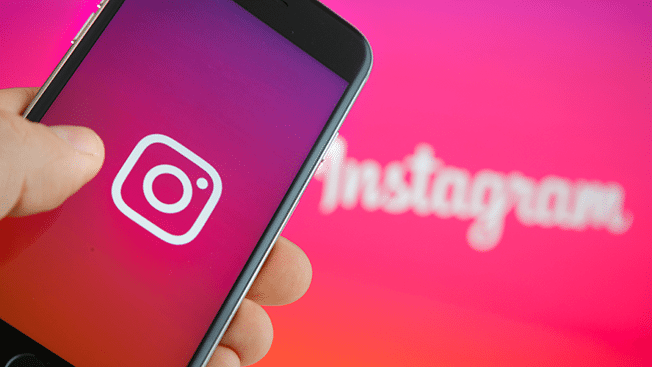There are plenty of articles out there claiming to have some sort of quick fix or tip to exponentially boost your AdWords campaigns. In certain case studies these hints may have actually been incredibly successful, but that
- Home
- Digital Marketing
With the recent launch of a new Google AdWords interface and updates, it will become essential for businesses, marketers, agencies, etc. to adapt to an ever changing world of digital marketing. After watching Google's AdWords webinar on
[fusion_builder_container hundred_percent="no" equal_height_columns="no" hide_on_mobile="small-visibility,medium-visibility,large-visibility" background_position="center center" background_repeat="no-repeat" fade="no" background_parallax="none" parallax_speed="0.3" video_aspect_ratio="16:9" video_loop="yes" video_mute="yes" overlay_opacity="0.5" border_style="solid"][fusion_builder_row][fusion_builder_column type="1_1" layout="1_1" background_position="left top" background_color="" border_size="" border_color="" border_style="solid" border_position="all" spacing="yes" background_image="" background_repeat="no-repeat" padding="" margin_top="0px" margin_bottom="0px" class="" id="" animation_type="" animation_speed="0.3" animation_direction="left" hide_on_mobile="small-visibility,medium-visibility,large-visibility" center_content="no"
In this video, Entrepreneur Network partner Salma Jafri discusses how just how important live video is in 2017. Live video is a great to maintain a two-way conversation with your audience -- something you simply can't do
Yesterday brought the official first day of spring - Now is the time to dust off the old and get your digital marketing sparkling like new! (more…)
Oriented toward small businesses, the company wants to offer new features that build on the customer and product data stored in its email platform. (more…)
The past few days saw the digital marketing world awaken from its post-holiday slumber and really put out some eye-opening stats. (more…)
Having a strong online presence has become a necessity for businesses of all sizes. You just launched a startup and need to get your brand in front of as many eyes as possible. The problem is you
This past year has been an intense one, to say the least. But we’re finally nearing the end, and we’re ready to set our sights on 2017! Of course, in order to make appropriate assumptions about what















